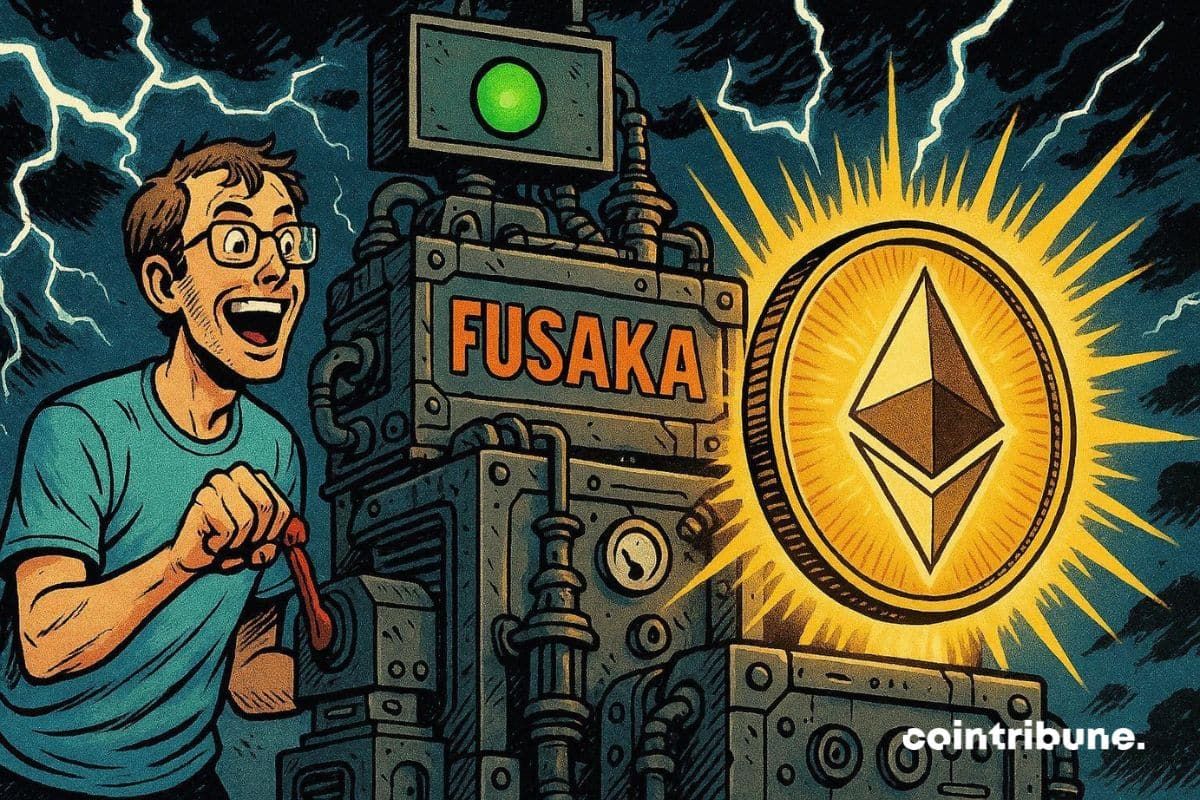Armstrong warns Senate: don’t bail out banks by banning crypto rewards
Coinbase CEO pushed back against the banks, claiming they are trying to block stablecoin rewards to protect their monopoly.
- Coinbase CEO Brian Armstrong is lobbying for the Market Structure Act
- He claims that banks want to ban stablecoin rewards to protect their monopoly
- The U.S. Senate is currently deliberating on the Market Structure Act
Coinbase escalated its fight with TradFi, doubling down on its lobbying efforts and accusing banks of trying to protect their monopoly. On Monday, September 29, Coinbase CEO Brian Armstrong posted on X while in Washington, D.C., lobbying lawmakers on stablecoin regulation.
Armstrong spoke from Capitol Hill while the U.S. Senate deliberated on the Digital Asset Market Structure and Investor Protection Act. This piece of legislation , clarifying crypto rules beyond those covered by the GENIUS Act, will determine which agency is in charge of crypto regulation and extend investor protections.
“I’ve never been more bullish about clear rules for crypto. It’s obvious that market structure is a freight train that’s left the station,” said Coinbase CEO Brian Armstrong. “But that hasn’t stopped the big banks from coming for another handout – this time paid by your crypto rewards,” he added.
Banks want to ban stablecoin rewards: Armstrong
According to Armstrong, banks are trying to relitigate issues that were already settled with the GENIUS Act. Notably, he says the banking lobby is coming after stablecoin rewards.
“Banks want to ban rewards to maintain their monopoly, and we’re making sure the Senate knows bailing out the big banks at the expense of the American consumer is not ok,” Armstrong stated.
Stablecoin rewards are a contentious regulatory issue. Under the GENIUS Act, stablecoins are not allowed to pay interest. However, they are allowed to pay rewards, which some in the banking sector consider a loophole.
Notably, banks fear that stablecoin rewards could cause a capital flight from the banks. What is more, according to the April Treasury Department report , consumers might move as much as $6.6 trillion out of banks into stablecoins, potentially threatening the banks’ ability to lend.
Disclaimer: The content of this article solely reflects the author's opinion and does not represent the platform in any capacity. This article is not intended to serve as a reference for making investment decisions.
You may also like
Vitalik praised the Ethereum Fusaka upgrade.
Bitwise: Don't worry, the Strategy will never sell its bitcoin holdings
Massive Leverage Triggers Crypto Flash Crash

Fusaka is activated: Ethereum enters a new era

